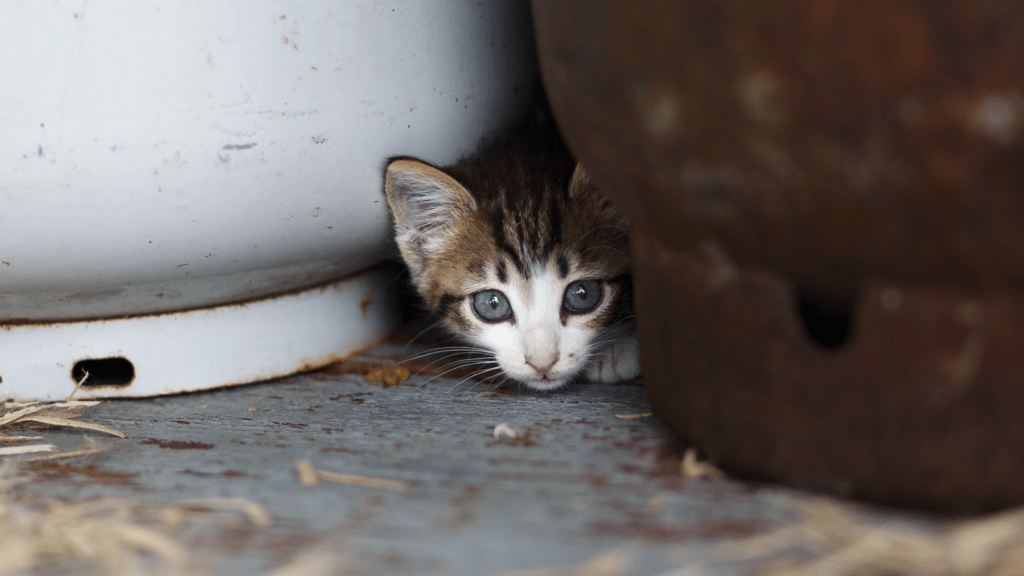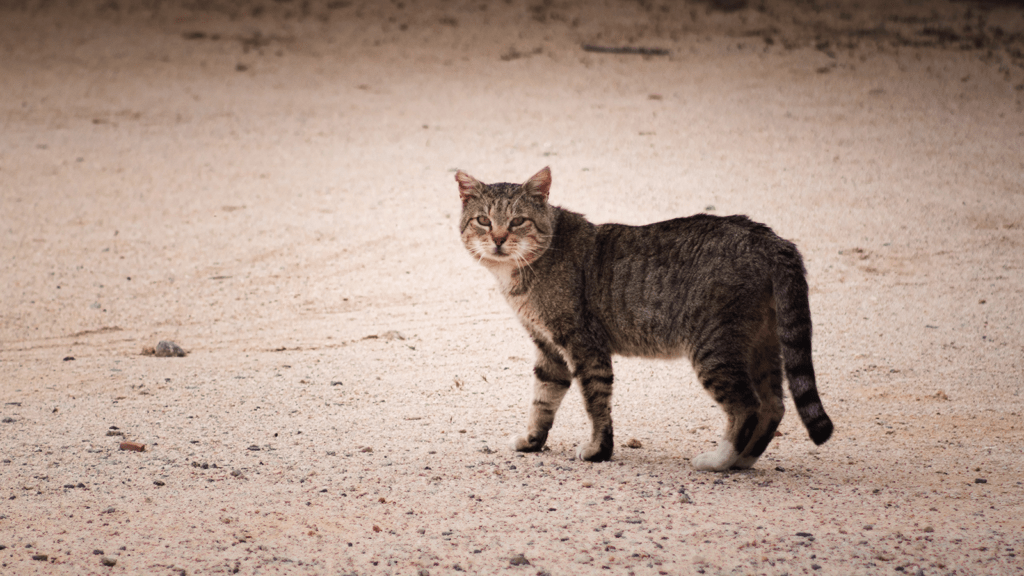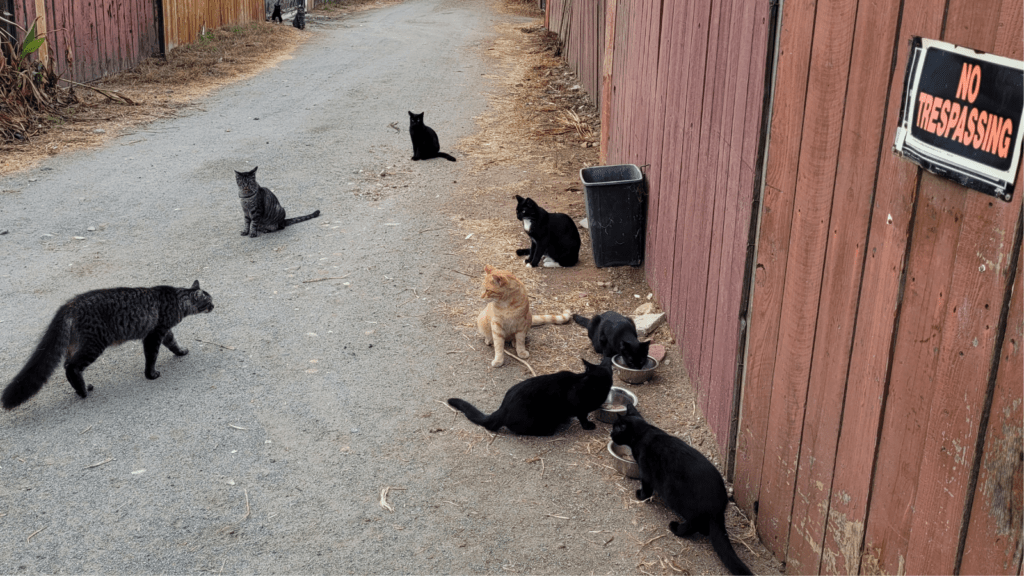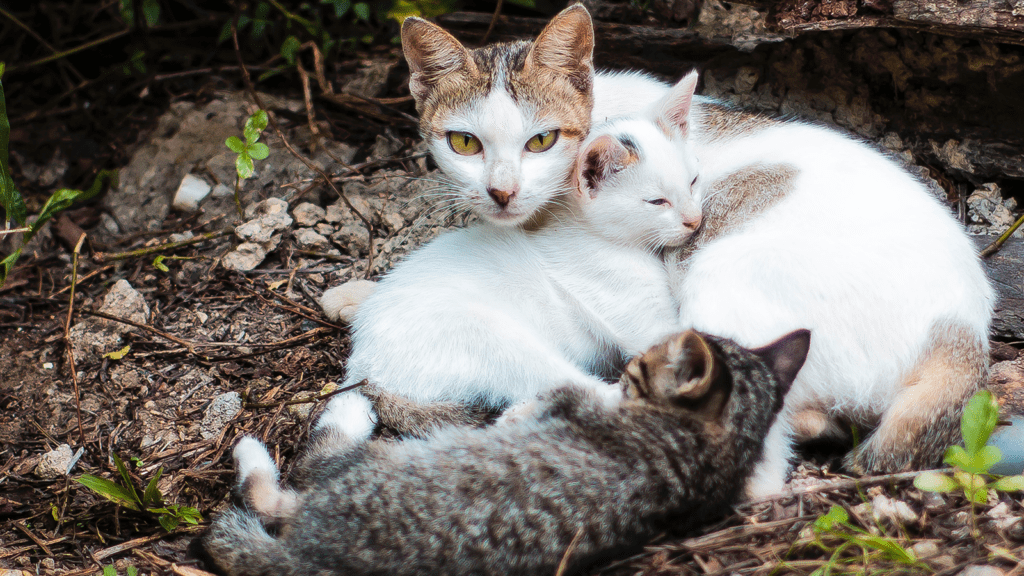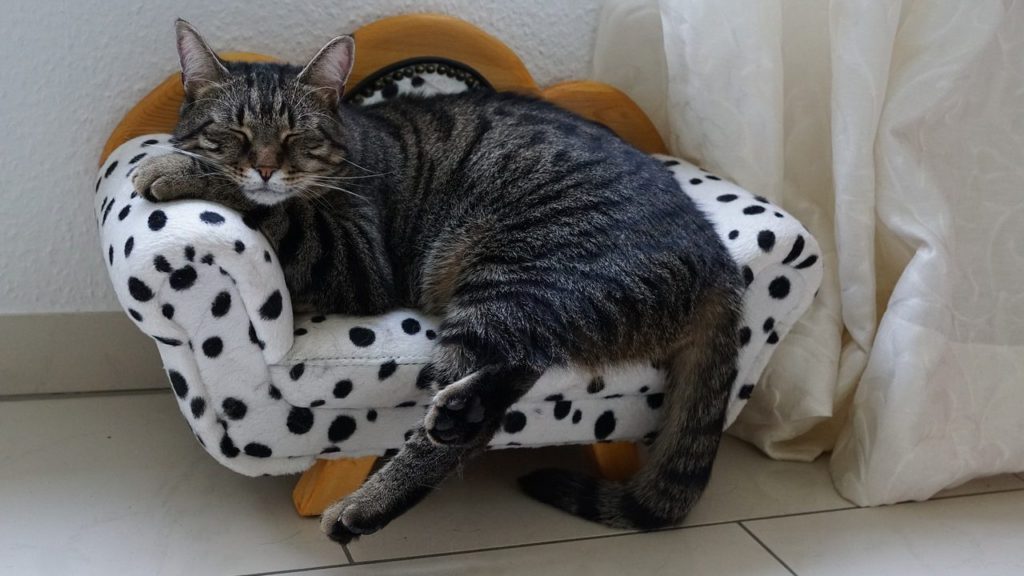What To Do If You Find A Stray Kitten
What To Do If You Find A Stray Kitten If you find a stray kitten, you should first scan the area for others and its mother. Kittens under five weeks of age should be reunited with their family. Catching the mother and all her kittens is the best course of action so they can receive care and she can raise them safely indoors. In this article, we’ll talk you through the process of raising a stray kitten, from bottle feeding to how to litter train! Here are some tips to help you if you find an older stray cat. when can you take a kitten from its mom? The earliest a kitten should be taken from its mother is at five weeks of age. However, they should stay with their siblings until they’re at least eight weeks old. Most cat families remain together until this age, but when the mother cat is feral, she is often returned outdoors once the kittens are weaned. The kittens then continue to be raised together until they’re old enough to be adopted. If you find a kitten that’s too young to be away from its mother, the very best thing is to find her and reunite them. Also, check the surrounding area for other kittens nearby—where you find one, there are almost bound to be others. Even if the mother is feral, it’s best for her and her kittens to be brought indoors until they’re weaned. This provides her with a safe place to raise her babies—even if she doesn’t seem to appreciate it due to her own fear. Keep them in a room separate from your other pets, especially household cats, until they’ve been vetted and you’re sure they’re free of parasites and contagious illnesses. Mother cats enjoy a quiet, secluded place to feed and care for their offspring. A large dog crate or a covered table is excellent. You can also use playpens and baby gates to keep the kittens from wandering as they age. how to catch a stray kitten Stray kittens are unlikely to be socialized with humans. Many of them are feral. The age you find the kitten will change how fast they warm up to you. Younger kittens may warm up in days, while adolescents have a more ingrained fear that takes longer to overcome. If you’ve found a kitten under five weeks old, handle them 1-2 times a day. During this time, you can weigh them to ensure they’re gaining weight and give them attention briefly before returning them to their mother. Of course, orphaned kittens will be handled much more frequently out of necessity. You’ll have to take over mama cat’s responsibilities of bottle feeding and helping the kittens go potty. If the kitten is over five weeks old, bond with them by: How can you tell if a kitten is male or female? You can determine the sex of a kitten as early as five weeks of age. Simply take the kitten into your hands and gently lift their tail to look at their genitals. Directly beneath the tail, you’ll see the kitten’s anus. Below the anus are the kitten’s genitals. At this age, you might see a vertical slit if the kitten is female or a round opening if the kitten is male. Over time, males will develop testicles, making it much easier to tell the difference. Kittens can breed as early as four months of age. Siblings will mate with each other, and male kittens may even mate with their mother. It’s important to have them spayed and neutered before this happens. If you can’t spay or neuter the kitten before four months or about 2lbs body weight (source), separate males and females from one another so you don’t end up with even more kittens. How to tell the age of a stray kitten A kitten younger than four weeks old won’t be able to survive on its own and will need to be bottle-fed around the clock. Kittens of age 0-2 weeks still have their eyes and ears closed. They are helpless at this age and will need to be bottle-fed. Kittens of age 2-4 weeks old are more responsive and may begin to eat solid food. Once kittens are a few weeks old, they may also begin to play with toys. For more information, please check out our full article about How To Tell How Old A Cat or Kitten Is. how to raise a stray kitten Congratulations on your new kittens! Taming and raising stray kittens and feral cats is noble and definitely worth the effort. If you need help with kitten care, you can usually contact your local animal shelter for advice or support. How to bottle feed a kitten If you’ve found feral kittens that need to be bottle-fed, first take into account their temperature and health. Kittens shouldn’t be fed if they’re too hot or cold but instead brought to the right body temperature first (source). When ready, put one drop of formula in the kitten’s mouth to ensure they can swallow. Always feed kitten formula, not any kind of milk or dairy product. Once you know the kitten can eat, hold them in your lap feet-down and lift their head gently with your hand. Never feed a young kitten on their back. Bring the bottle to the kitten’s mouth and allow them to control the flow. Don’t squeeze the bottle to force more formula out, as this can injure the kitten. Alongside bottle feeding, you’ll also need to stimulate the kitten’s backside so that they pee and poop. Kittens don’t always potty on their own at this age. Mother cats lick their kittens to stimulate them to potty, which we can replicate by rubbing the area with a paper towel. When can kittens eat adult cat food? Different people have different opinions about this. We recommend speaking to your veterinarian to see what’s right for the kitten or kittens you’re raising. Most cat food companies recommend switching to adult food at around one
What To Do If You Find A Stray Kitten Read More »


